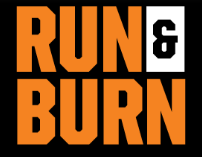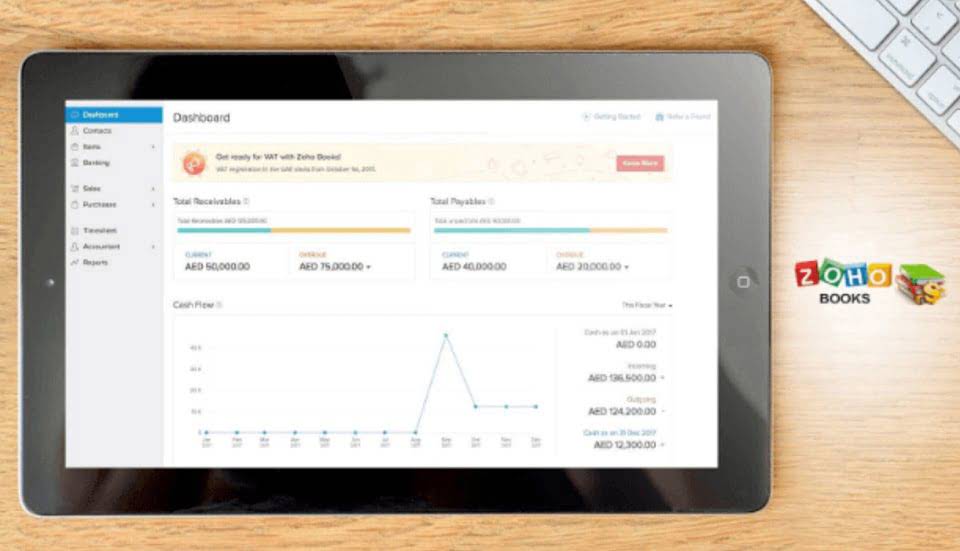If the vehicle were to be sold and the sales price exceeded the depreciated value (net book value) then the excess would be considered a gain and subject to depreciation recapture. In addition, this gain above the depreciated value would be recognized as ordinary income by the tax office. If strong letter for outstanding payment templates the sales price is ever less than the book value, the resulting capital loss is tax-deductible. If the sale price were ever more than the original book value, then the gain above the original book value is recognized as a capital gain. There are several methods for calculating depreciation, generally based on either the passage of time or the level of activity (or use) of the asset.
Consolidation & Reporting
- Note that the double-declining multiplier yields a depreciation expense for only four years.
- Taxfyle connects you to a licensed CPA or EA who can take time-consuming bookkeeping work off your hands.
- For instance, if a machine costs $10,000, has a five-year useful life, and no salvage value, the double declining rate of 40% results in a $4,000 depreciation expense in the first year.
- Canada’s Capital Cost Allowance are fixed percentages of assets within a class or type of asset.
- Let’s assume that FitBuilders, a fictitious construction company, purchased a fixed asset worth $12,500 on Jan. 1, 2022.
- It is expected that the fixtures will have no salvage value at the end of their useful life of 10 years.
- We collaborate with business-to-business vendors, connecting them with potential buyers.
Under the composite method, no gain or loss is recognized on the the contribution margin income statement sale of an asset. Theoretically, this makes sense because the gains and losses from assets sold before and after the composite life will average themselves out. Understanding the tools available for double declining balance depreciation can greatly enhance your financial management skills. By utilizing calculators, templates, and educational resources, you can make informed decisions that benefit your business.
Depreciation: What It Is & How It Works + Examples
It also aligns expenses with the asset’s usage and may reduce taxable income in the early years by front-loading depreciation. Let’s assume that a retailer purchases fixtures on January 1 at a cost of $100,000. It is expected that the fixtures will have no salvage value at the end of their useful life of 10 years. Under the straight-line method, the 10-year life means the asset’s annual depreciation will be 10% of the asset’s cost. Under the double declining balance method the 10% straight line rate is doubled to 20%.
- The workspace is connected and allows users to assign and track tasks for each close task category for input, review, and approval with the stakeholders.
- Our team is ready to learn about your business and guide you to the right solution.
- No depreciation is charged following the year in which the asset is sold.
- This results in a steep decline in value in the first few years, tapering off over time.
- The DDB method accelerates depreciation, allowing businesses to write off the cost of an asset more quickly in the early years, which can be incredibly beneficial for tax purposes and financial planning.
- Because the equipment has a useful life of only five years, it is expected to lose value quickly in the first few years of use.
- The Double Declining Balance Method, often referred to as the DDB method, is a commonly used accounting technique to calculate the depreciation of an asset.
Double Declining Balance Method Formula
In determining the net income (profits) from an activity, the receipts from the activity must be reduced by appropriate costs. Depreciation is any method of allocating such net cost to those periods in which the organization is expected to benefit from the use of the asset. Depreciation is a process of deducting the cost of an asset over its useful life.4 Assets are sorted into different classes and each has its own useful life. Depreciation is technically a method of allocation, not valuation,5 even though it determines the value placed on the asset in the balance sheet. A double-declining balance method is a form of an accelerated depreciation method in which the asset value is depreciated at twice the rate it is done in the straight-line method.
Do you already work with a financial advisor?
Starting off, your book value will be the cost of the asset—what you paid for the asset. (You can multiply it by 100 to see it as a percentage.) This is also called the straight line depreciation rate—the percentage of an asset you depreciate each year if you use the straight line method. By front-loading depreciation expenses, it offers the advantage of aligning with the actual wear and tear pattern of assets. This not only provides a more realistic representation of an asset’s condition but also yields tax benefits and helps companies manage risks effectively. The Straight-Line Depreciation Method allocates an equal amount of depreciation expense each year over an asset’s useful life. This method is simpler and more conservative in its approach, as it does not account for the front-loaded wear and tear that some assets may experience.
The double declining balance (DDB) method addresses this issue by focusing on accelerated depreciation. It ensures expenses are matched with the asset’s actual use, providing a more accurate financial picture, especially for assets that depreciate quickly. In the world of finance and accounting, understanding how to manage and account for asset depreciation is crucial for all businesses. Imagine being able to maximize your tax deductions and improve your cash flow in the initial years of an asset’s life. This is where the double declining balance (DDB) method comes into play.
Accelerated depreciation methods, such as double declining balance (DDB), means there will be higher depreciation expenses in the first few years and lower expenses as the asset ages. This is unlike the straight-line depreciation method, which bookkeeping articles spreads the cost evenly over the life of an asset. The double declining balance method of depreciation reports higher depreciation charges in earlier years than in later years. The higher depreciation in earlier years matches the fixed asset’s ability to perform at optimum efficiency, while lower depreciation in later years matches higher maintenance costs. However, computing the double declining depreciation is very systematic. It’s ideal to have accounting software that can calculate depreciation automatically.

Afonso é um profissional dedicado ao universo da corrida, com um foco especial na biomecânica e na nutrição esportiva. Como ex-atleta e formado em Fisioterapia, Afonso entende profundamente a importância de um bom par de tênis e uma dieta balanceada para um desempenho de corrida otimizado



